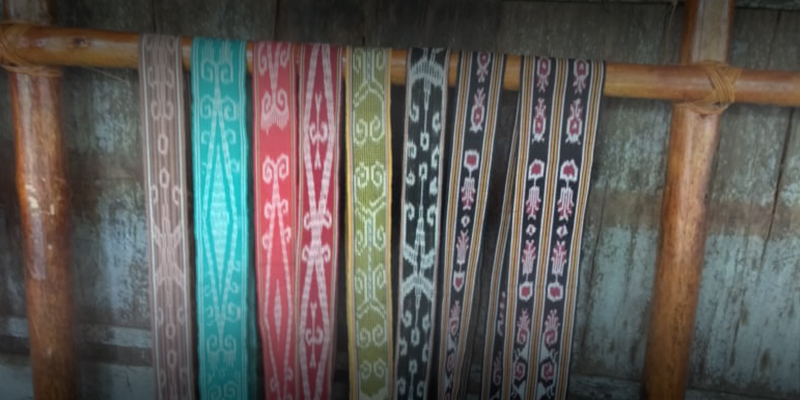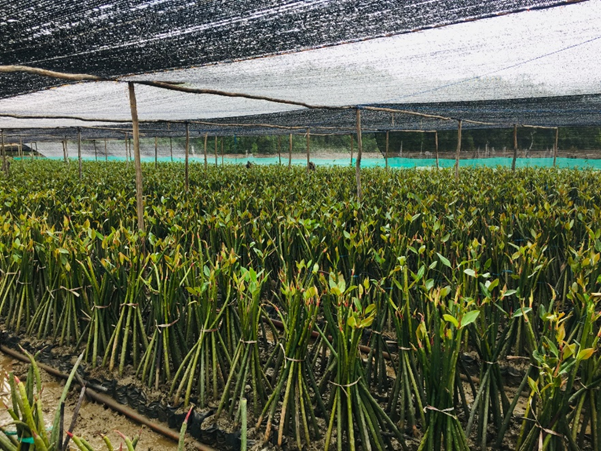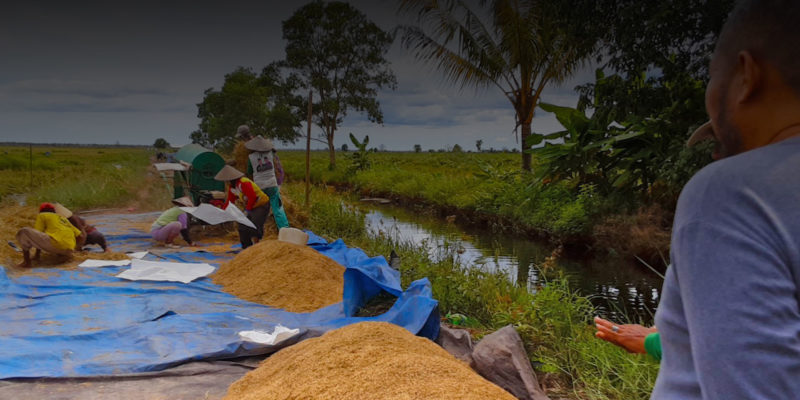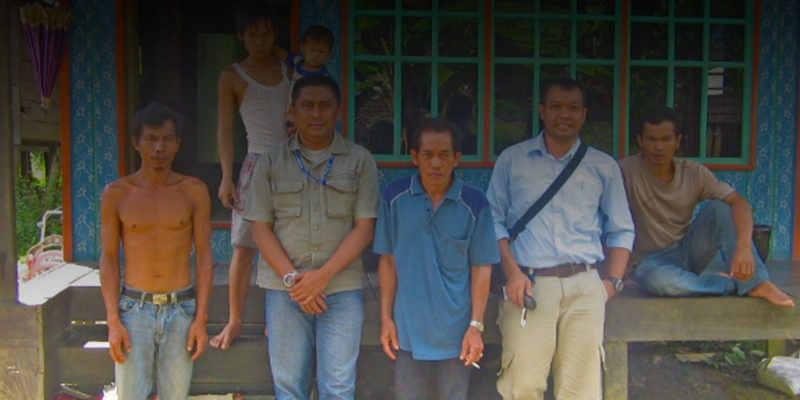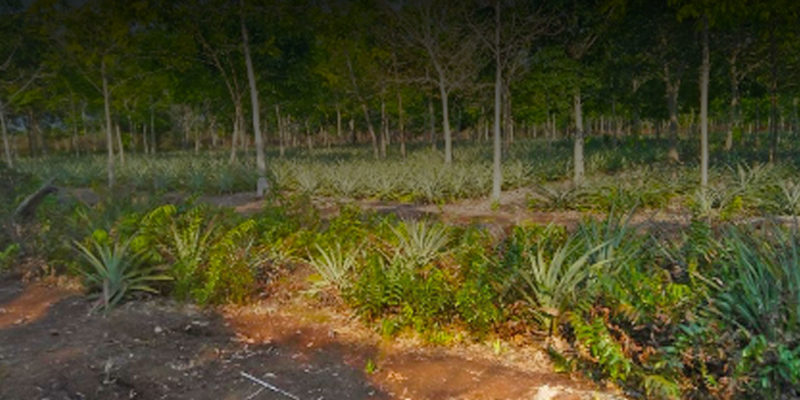The Kalimantan island has to suffer from habitat loss, habitat degradation, over exploitation of biological resources and pollution. This is due to high demand on land or area for agricultural activities. Public witnessed that palm oil production is responsible for the high rate of forest land conversion. According to Global Forest Watch (2021) West, Center and Eask Kalimantan are the second highest deforestation rate between 2001 and 2019 after Riau . While in the period of 2013-2017 Kalimantan island is the highest deforestation rate among islands in Indonesia, it’s amounting 528.377 hectares per year.
In order to safeguard Kalimantan’s globally significant biodiversity, it is critical for Indonesia to pursue a green economic growth path. Development of Non-Timber Forest Products (NTFPs) will be able to reduce the current high forest conversion rate to non-forest based purposes. To do so, it is necessary to have a clear information about the potential of non-timber forest products and to design their development programs to become alternative sources of livelihood, especially for local communities. The greater the benefits of non-timber forest products to the community’s economy, the greater public attention to the importance of forest protection will be.
The main objective of this study is to provide sufficient understanding on the current status and future potential of different NTFPs commodities in the project area and do a value chain analysis of prominent NTFPs commodities in Kalfor’s pilot Regencies by identifying specific bottlenecks and opportunities in their respective value chains that can be addressed and leveraged through the project intervention thereby increasing production, income and employment for the rural poor.
